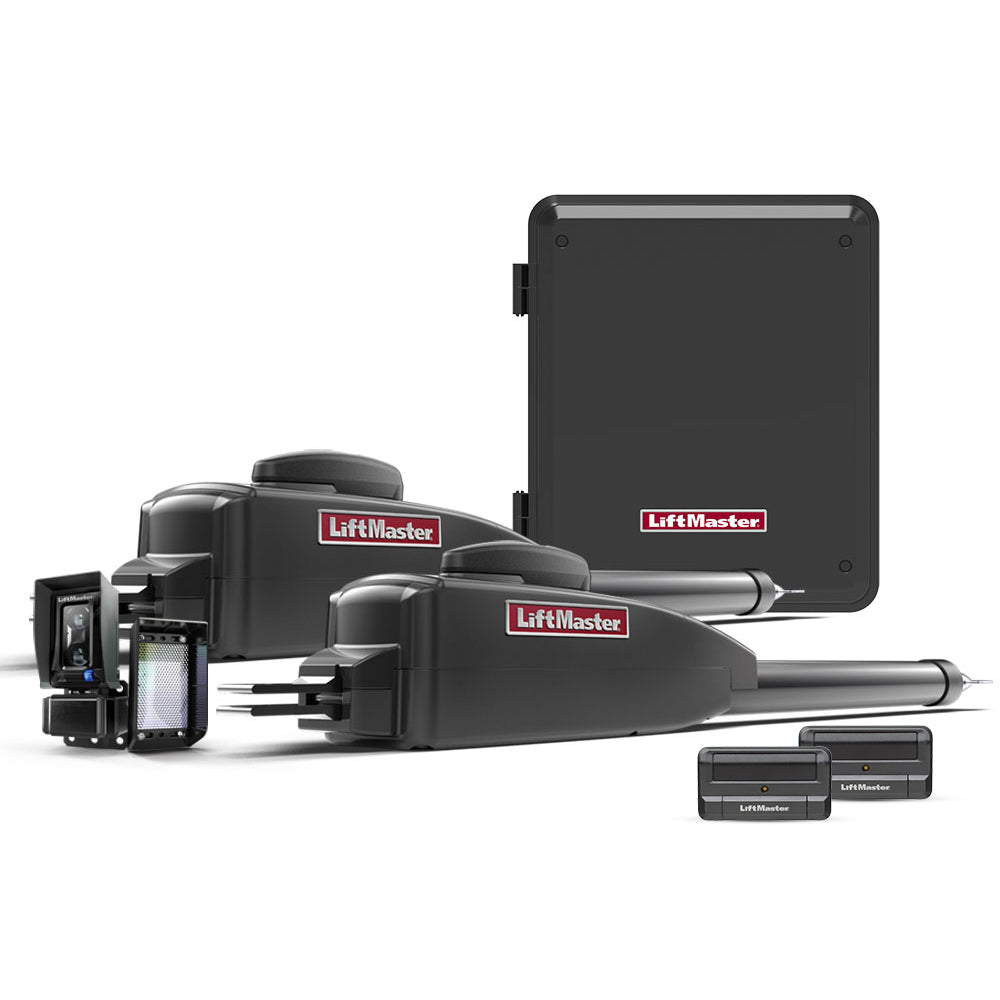Retroreflective Photo Eyes vs. Thru Beam Photo Eyes
COMPARE PROS AND CONS TO FIND THE RIGHT DETECTION SOLUTION
Along with other types of access control systems, photo eyes are a specialized type of equipment for monitoring gates, doors, and other applications. The photo eyes are great for all your perimeter security, gate operator system, home security and garage door needs. These systems help to protect people, vehicles, and facilities as vehicles or other objects move through the installation or become entrapped (stopped) in their beams. A variety of different types of photo eyes are available depending on the application and environment, we’ll be looking into two of the most common types. These include the retroreflective photo eye and the thru beam photo eye.
These two types of photo eyes have some similarities, both utilize an infrared beam to monitor potentially hazardous areas of gate and door installations, there are key configurational and functional differences that should be considered when deciding which one to install in your facilities.
- A thru beam photo eye consists of a two-piece unit with a separate transmitter and receiver. These are mounted on each side of the installation with the transmitter emitting an infrared beam that is detected by the receiver.
- A retroreflective photo eye combines the transmitter and receiver in one unit. However, a separate reflector (typically a white plastic reflector around 3” in diameter) is also installed with the unit to bounce the infrared beam back to the receiver.
RETROREFLECTIVE PHOTO EYES
Pros
One important advantage of a retroreflective photo eye is that it requires running fewer cables. Because its style, it combines the receiver and transmitter in a single unit. Installers don’t have to deal with the time and hassle of running cabling to two separate components. This saves time on the installation and keeps the associated cost lower since it uses less material. Also, a retroreflective eye is also ideal for facilities and spaces with thinner or smaller roadways and entrances. Between these two photo eye types, a retroreflective photo eye is generally the cheapest option. Finally, due to the optics used, retroreflective photo eyes are less susceptible to interference from the sun.
Cons
If you have a particularly wide entryway or roadway, this beam may not be able to accurately detect all obstructions because a retroreflective photo eye has roughly half the operating range as a thru beam photo eye.
THRU BEAM PHOTO EYES
Pros
The transmitter and receiver, while separate, are easier to align because the angle of the infrared transmitter is much wider. While installers will have to implement two separate devices, reliability will be better due to the stronger beam. This particular photo eye is also highly recommended for more dynamic and harsh conditions and environments where snow, rain, and harsh sunlight are present.
Cons
The installation in this case will take a bit more time since two units must be implemented. Also, wiring will be needed to power both units as well. The cost of a thru beam photo eye will be higher, though the investment in greater performance and reliability proves this photo eye’s value in the long term.
Whether you already have a photo eye in place and are looking to upgrade, or are searching for a completely new photo eye, our variety of photo eyes ensure complete security and operational reliability in your application.
Explore our variety of Photo Eyes here.











